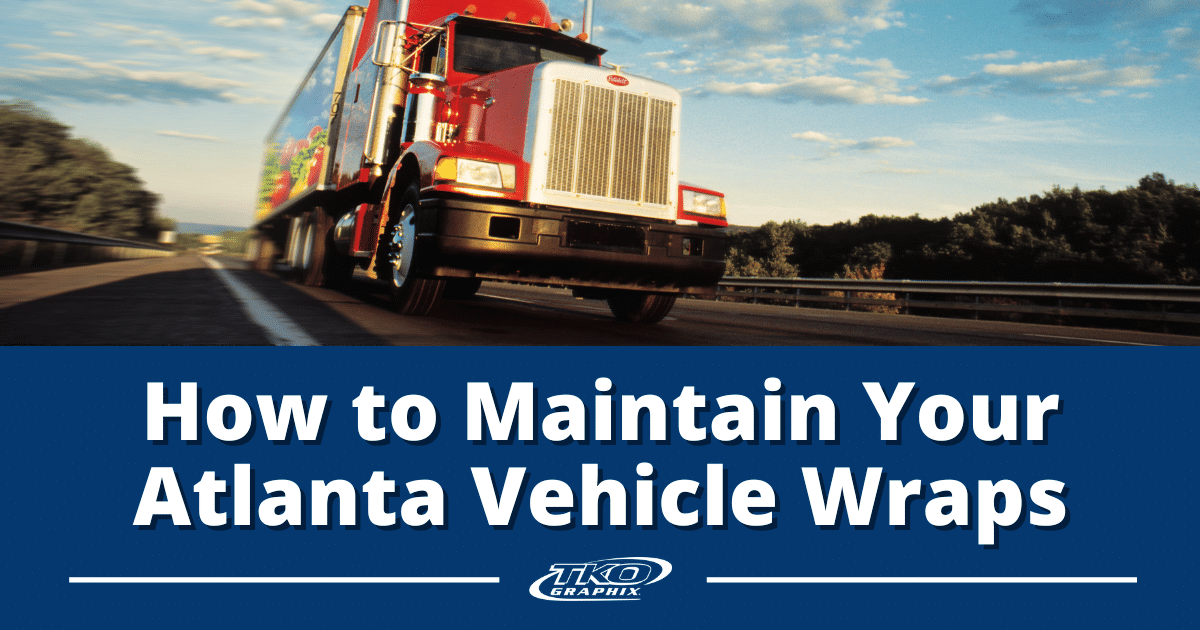So, what should not be wrapped on your car or truck? Every component of a vehicle doesn’t lend itself to being wrapped. There are materials that adhesive vinyl will not consistently adhere to. Some materials can be damaged if adhesives are applied. And still other parts of a car or truck shouldn’t be wrapped because the adhesive can damage the substrate. Here’s what should not be wrapped on your car or truck.
What Should Not Be Wrapped on Your Car or Truck
Molding
The soft rubbery black molding around windows is composed of polyurethane. Adhesive vinyl graphics shouldn’t be applied to this material. Regardless of the adhesive vinyl used it will not consistently adhere to this rubbery material. You’ll find molding around windows, doors, and sometimes on panels. You shouldn’t wrap the rubbery trim molding. However, the glass can be covered with window perf.
“Window perf is made in layers. The first (top) layer is the white vinyl that is printable, the next layer is black vinyl, followed by an adhesive coating and finally the release liner. The black layer acts as an optical illusion that allows clear visibility from behind the printed vinyl.” — Sign & Digital Graphics Magazine
Unpainted Plastic
It’s not advisable to wrap unpainted plastics components such as mirrors, door handles, and bumpers. Once again, it’s a crapshoot of how it will look and how long will it last.
The unpainted plastic parts of a vehicle can include door handles, side mirrors, and panels. In general, auto body paint provides the necessary layer of grip for films to bond to. For this reason, you should avoid wrapping parts that aren’t painted.
So, can plastic be wrapped? The answer is yes, and no. Proper adhesion of vinyl graphics on plastics depends on several variables that include the type of plastic and how it was produced. Much of the success or failure will depend on the knowledge and experience of the applicator. Should it be installed wet, dry, or not at all? Other factors such as the condition and cleanliness of the surface as well as temperature and humidity during installation will impact the appearance and longevity of the graphic.
Much depends on the composition of the plastic for example, “Polyvinylchloride (PVC) is, in most cases, user-friendly for adhesive vinyl application; however, the hardness of the plastic impacts the installation. Hard PVC will accept the vinyl but may be difficult to remove while softer PVC may not offer the best adhesive surface.” — Can I Apply Vinyl to This?
Here’s a list of types of plastics and how adhesive vinyl may or may not be applied. FAQ: Can Adhesive Vinyl be applied to plastic?
Wait What!?
When I was researching this post, I checked with two of our experienced installers. As an aside, I asked, “Has anyone ever asked to have their taillights wrapped?” They both looked at me and said yes! I had no idea there was a material created for that. One of the installers said he’d put a yellow film on his son’s vehicle’s fog lamps. As counterintuitive as it may sound, you can wrap headlights, taillights, and fog lights. There are film designed just for that purpose, Headlight, taillight, and fog light self-adhesive vinyl.
So, What Should Not Be Wrapped on Your Car or Truck?
If you’re not sure what should not be wrapped on your car and truck and what can be covered, please reach out to us with your questions. We’d be happy to offer our advice, because after more than 35 years designing, producing, installing, and servicing vehicle graphics, we have the answers. We got you covered. If we can answer any questions, Contact Us.
TKO Graphix is a national fleet and vehicle graphics company helping customers since 1985. We provide full-service graphics solutions such as design, digital printing, screen printing, installation and removal of fleet graphics, vehicle graphics, and commercial graphics.







